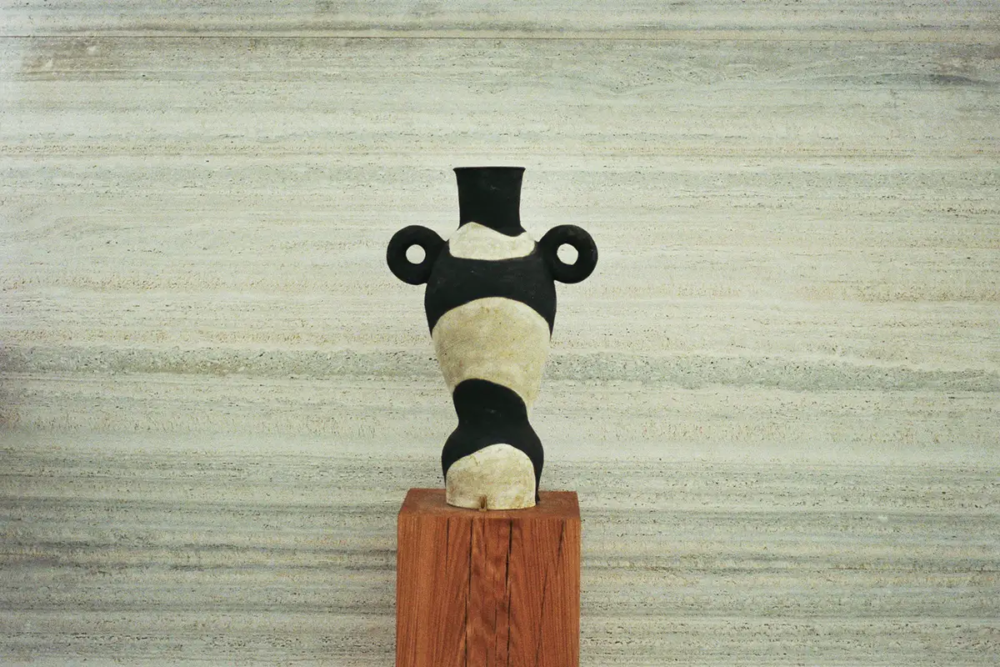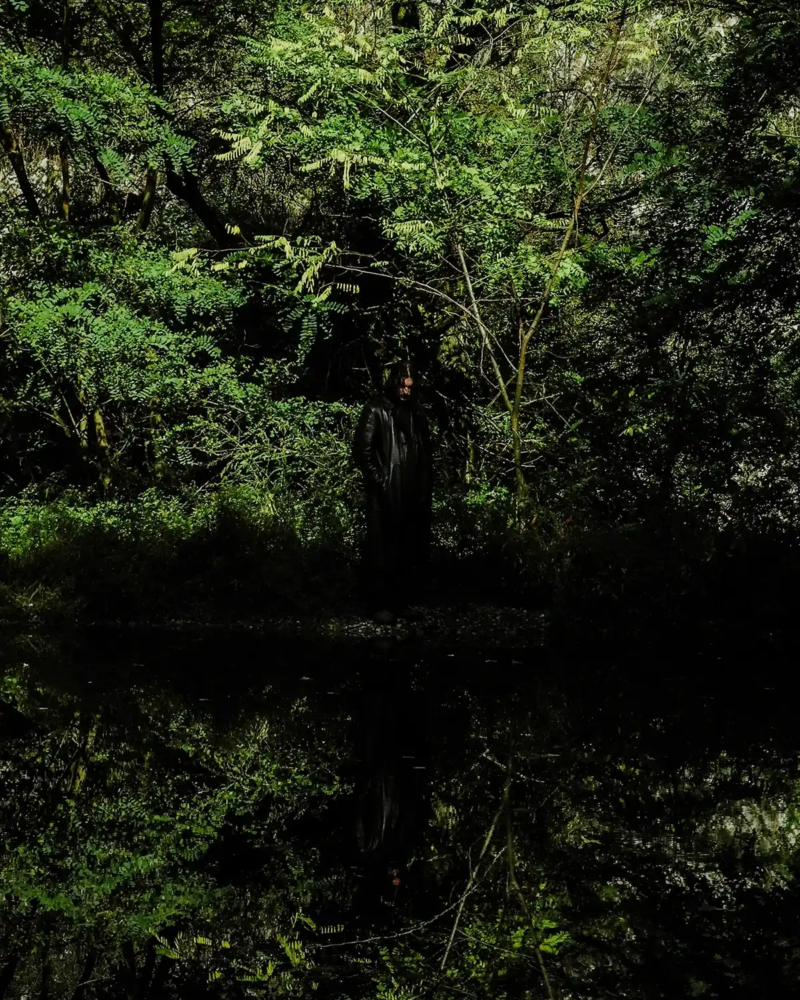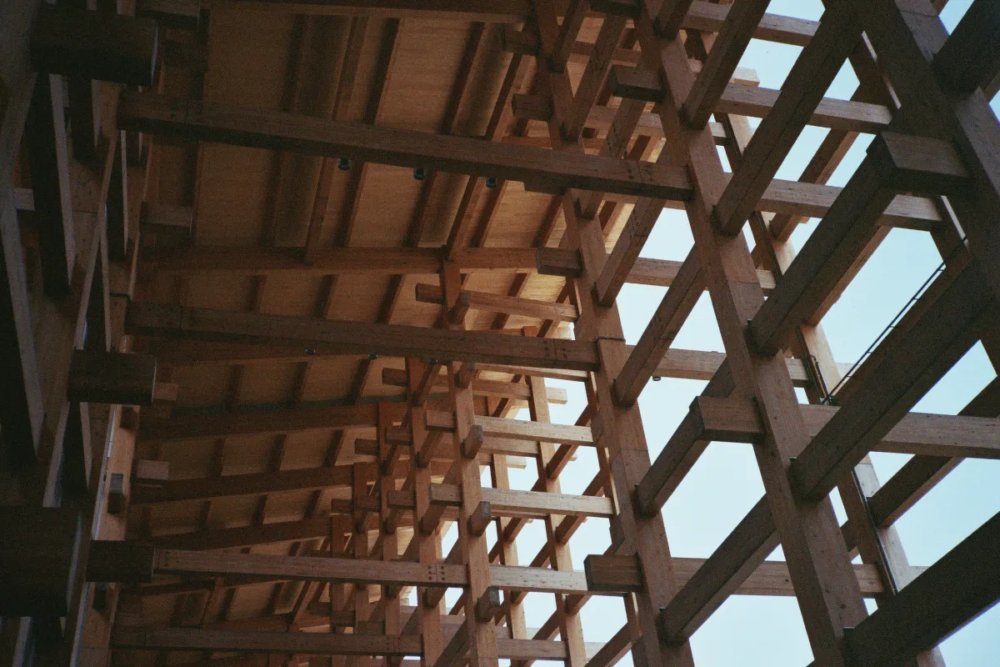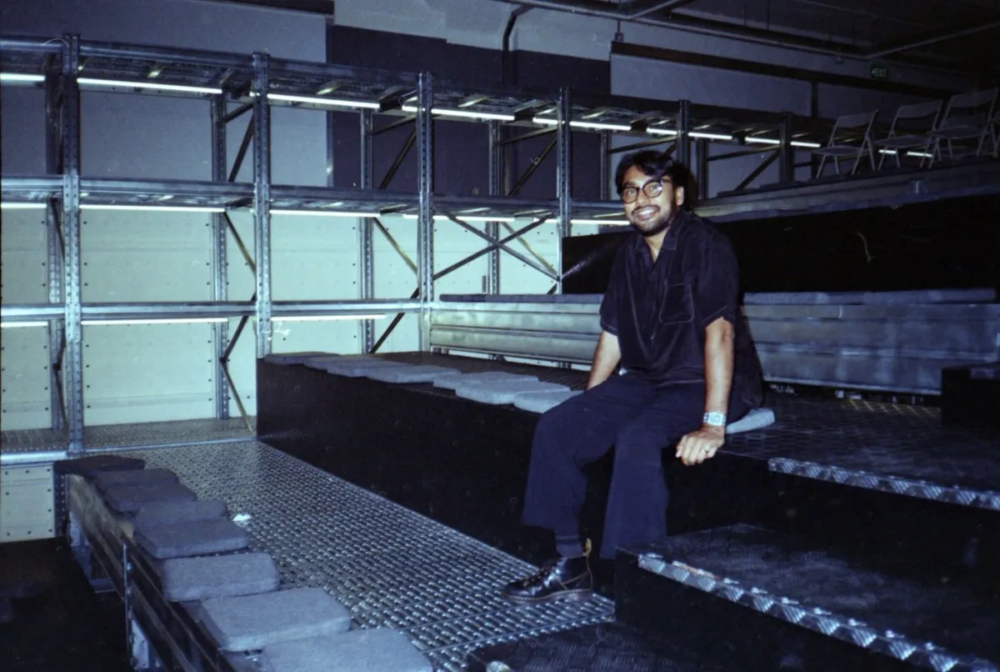
Humanitarian Design and the archetypes of clothes with REantwerp
Belgian designer Tim van Steenberg and journalist Ruth Goosens create REantwerp, a fashion brand that employs refugees and repurpose leftover fabrics
Tim van Steenberg, together with former journalist Ruth Goosens – and the support of the non-profit GATAM – founded REantwerp last year, which is nothing like your average fashion brand.
Fashion as a human commitment
Van Steenberg and Goossens rethought the whole idea of what a fashion brand could—or should—be. By working with refugees who have fled their home countries, REantwerp is helping these individuals find a place in society, learn the language, and eventually secure employment. By collaborating with local designers such as Dries Van Noten and Christian Wijnants, REantwerp uses leftover fabrics that are repurposed into new creations, to reduce waste. This marriage of social and environmental sustainability results in pieces to cherish for a long time.
You might recognize the name Tim Van Steenberg; the Belgian designer has been in the industry for over 20 years and has worked under his eponymous label, showing during Paris Fashion Week, and for opera houses such as Teatro alla Scala in Milan and the Staatsoper Unter den Linden in Berlin.
Turning fashion into something sustainable and valuable that changes lives
After many years in the industry, Van Steenberg felt a need to jump off the perpetual cycle known as the fashion calendar. A changing family situation and frustration with working in an unsustainable industry made him reconsider his career choices and seek something that offered real value.
“I started to feel a certain embarrassment working in fashion. When you have children, you think differently about the future and your life changes. In this perspective, I started to ask myself: do I want to keep adding fabrics or adding things in an industry—or world—that already has enough?”
Entangled in the industry, Van Steenberg realized that breaking away from fashion required a radical approach.
“We started to say, ‘if we could choose now, do we want to go on and follow this linear fashion system?’ I also realized that the problem with the fashion system is that it’s difficult to step out of the system if you don’t do it radically. So, I decided, together with Ruth, that we’re going to do something completely different and make fashion and clothes that really change lives.”
Changing the discourse of avant-garde fashion
Having Antwerp as a base comes with a lot of history. The city of Antwerp positioned itself as a fashion hub in the 80s when a group of six designers—Walter Van Beirendonck, Ann Demeulemeester, Dries Van Noten, Dirk Van Saene, Dirk Bikkembergs, and Marina Yee—presented their collections in Paris and London and became known as The Antwerp Six. Press and buyers were flabbergasted by their innovative take on fashion.
The six alumni from the Royal Academy of Fine Arts in Antwerp marked a new chapter for Belgian fashion and fashion at large. Martin Margiela, Veronique Branquinho, Ann Demeulemeester, Kris Van Assche, Christian Wijnants, Demna, and Glenn Martens are just some of the design masters who have passed through the Academy’s gates. Ever since The Antwerp Six, Belgian fashion has had a reputation for being avant-garde, boundary-pushing, and innovative. However, REantwerp and Van Steenberg are trying to change the narrative of avant-garde in this day and age.
“REantwerp is a small area where we can experiment, not only in making the collections but also in retail and how to sell collections. That’s also an exercise we’re doing. We are working with a different approach to retail. Avant-garde nowadays has much more to do with the approach towards the industry than the design itself”.
Roughness as an idea of being outside the system
In the design lies the roughness of REantwerp. It dismisses regular seasons and opts for sleek designs that utilize the craftsmanship of the people behind the clothes and the fabrics being used.
“The roughness is in the design and going back to the archetypes of clothes. To stop focusing on details and changing every season in order to make more clothes. We go for basic aesthetics. That’s our story, and we are not afraid to repeat ourselves”.
At REantwerp, people come from many different backgrounds and all have unique stories. Individuals hail from Palestine, Ukraine, Afghanistan, Pakistan, and other troubled countries. With a background in textiles, these people possess a high level of expertise within textiles and apply their knowledge to each garment.
“The story of the person who’s making the same pants one year later is as important and as interesting as the design of the pants because the story will be different. That’s why our website is so important; on every piece, you find the name of the person who made your clothing and you can find the story of that person. So, the same brand makes the season after it’s a completely different story. That’s my roughness, to be radical and rough in saying stop making a new story every time and making people believe that they have to switch all the time.”

Surpassing language barriers with creativity and creation
To many, the idea of working with people from such different backgrounds sounds like a match made in hell. There are many potential clashes: sociological differences, cultural dissents, and the inability to communicate due to language barriers. For Van Steenberg, the communicative part was something he experienced while working in Haute Couture ateliers and other workshops; it doesn’t have to be expressed by words—in many cases, the hands can do the talking.
“The link between all these things was always the métier. It’s there that I discovered that métier doesn’t need language. It’s in the hands; the language is the hands, which was an inspiration for me. I have to do more with it because I worked in opera houses or workshops where the only thing we could tell each other was by doing it. That inspired me a lot to create REantwerp.”
As REantwerp started last year, the first results are now being shown. People who came with nothing now have jobs—some even at Dries Van Noten and Christian Wijnants—and are becoming integrated into society.
“The best thing is how you can see the first people that entered our workshop now all have jobs. You see that through what you did with these clothes, you changed people’s lives. We give them a new opportunity for a new life; living in a refugee center or having a job and being able to rent a studio and start again. That makes the whole thing worth the struggle”.
The new business model as a philosophy
REantwerp is a testament that a business model can be built on the belief of changing lives rather than crunching balance sheets. Hopefully, this will inspire other entrepreneurs and designers to rethink the main purpose of their businesses.
“REantwerp is just a philosophy. It’s a way of thinking and my dream is that other people will have the same mindset. Contact us and ask us how we do this and that they are doing Re Paris, Re Milan, or Re Berlin and that they implement it in their cities”.
REantwerp
REantwerp represents the collaborative vision of designer Tim Van Steenbergen, journalist Ruth Goossens, and GATAM. Aware of its harmful effects on the planet and people, their mission is to revolutionize the industry by prioritizing sustainability, timelessness, local integration of refugees, and celebrating the artisans that make the clothes.
Oliver Dahle








